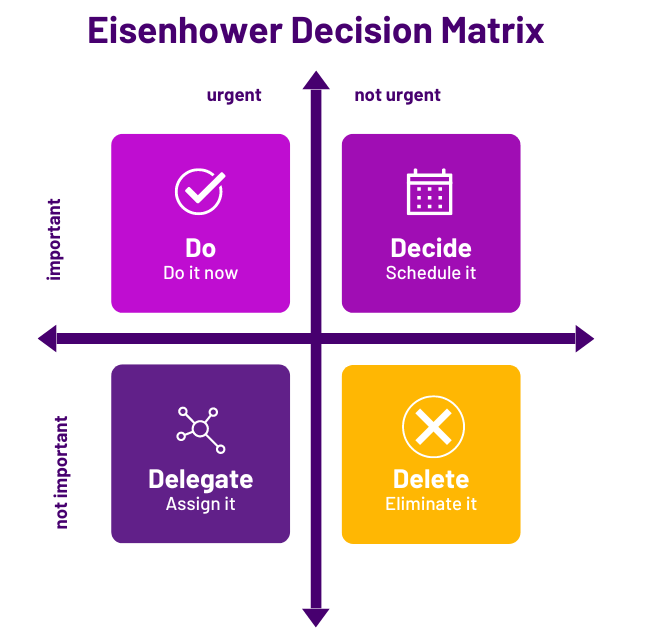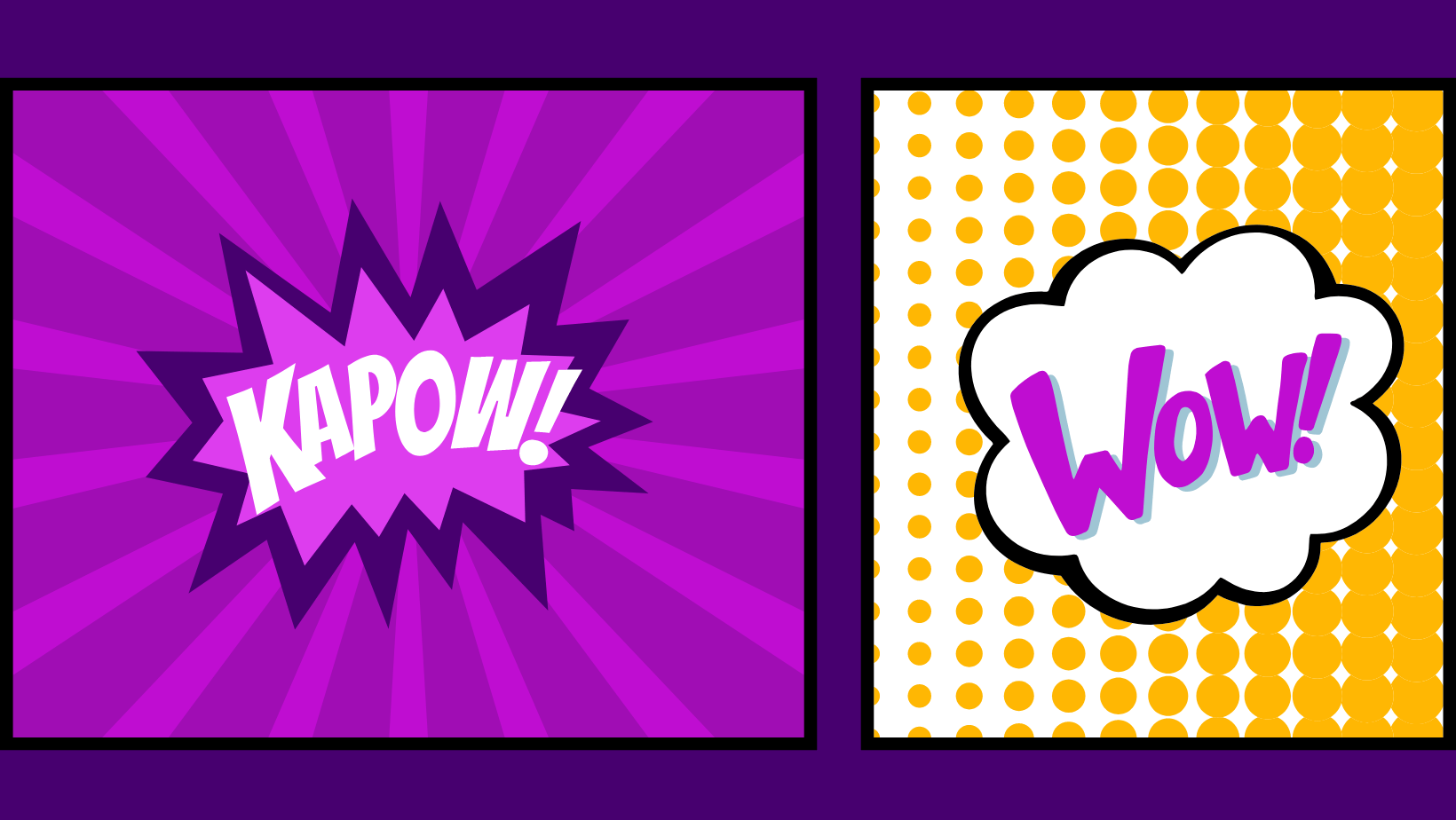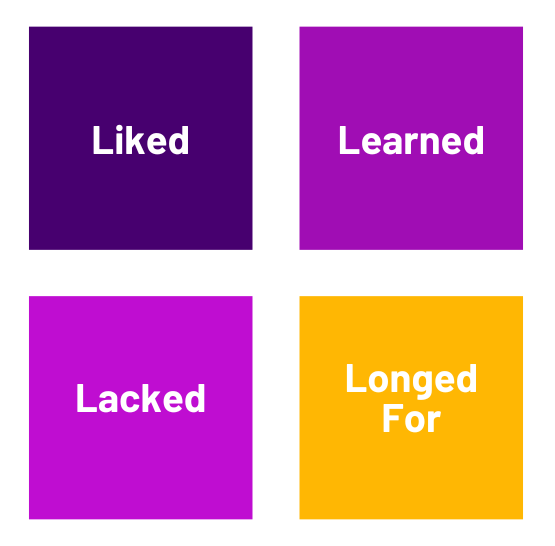If we’ve learned anything in the last few years, it is to expect the unexpected, and this year is certainly already trending in that direction.
Significant economic headwinds, smaller budgets, with more expectations than ever, what are teams doing to weather the latest storm to hit our collective radar? Moreover, how are they engaging the whole of the organization to power resilience strategies and tactics that will not only position their organization to adapt but also thrive?
Strategy and planning games have long been used to help teams break out of fixed mindset, integrate new information, and collaborate on novel strategies. To start the year off right, we’re sharing 5 of our favorites, along with detailed strategies on how Risk, Resilience, and Crisis teams are personalizing them for the challenges and opportunities both on our doorstep and those that lie ahead.
Strategy Game #1: Context Map

Adapted from Gamestorming https://gamestorming.com/context-map-2/
While it is tempting to think that the operating plan you meticulously crafted in September of last year is going to carry the team through 2023, it’s safe to say the assumptions have shifted, even in the last week alone. In fast-paced change, the best Risk, Resilience, and Crisis Leaders know your situational insight is only as good as the quality of your last-in data.
Don’t leave your resilience posture to last year’s thinking. Take a step back and inventory of what you have, where your gaps are, and outline your priority vulnerabilities in the context of today’s operating environment.
Object of Play:
We don’t truly have a good grasp of a situation until we see it in a fuller context. The Context Map is designed to show us the external factors, trends, and forces at work surrounding our organization. As with anything else Resilience-related, once we have a systemic view of the ecosystem, we are better equipped to respond proactively to that landscape.
Number of Players:
5–25
Duration of Play:
45 minutes to 1.5 hours
How to Play:
- Hang six sheets of flip-chart paper on a wall in a two-row, three-column format or use this digital template.
- On the top-middle square, draw a representation of your company.
- In the surrounding tiles, add labels for the different types of trends, factors, and forces you’d like to consider in your analysis.
- Explain the purpose of the map. Leave the trends for last.
- Continue populating the map with insights about observations, factors, and forces until every category but Trends is covered.
- Then, pulling from the insights shared, identify the key trends you are seeing across these factors.
- Summarize the overall findings with the group and ask for observations, insights, “aha’s,” and concerns about the context map.
Strategy Game #2: Eisenhower Matrix

Adapted from todoist https://todoist.com/productivity-methods/eisenhower-matrix
One of the cardinal traits of a great resilience leader is having a robust sense of materiality and priority to the organization. But even the best leaders lose sight of what is important when overrun by the urgent. Taking a regular look at priorities in the context of lessons learned is a vital step in advancing your risk-awareness and resilience as a team.
Object of Play:
Create focus and bolster productivity by capturing materiality and importance to the business.
Number of Players:
1-50
Duration of Play:
15 minutes – 2 hours
How to Play:
- Create a board or to-do list with four categories on the axes of urgency and importance.
- Go through your list of team priorities and assign a category to each item.
- Delegate any tasks in the urgent but not important category.
- Plan according to the tasks in the urgent and important category.
- Set aside time for the not-urgent but important items.
Strategy Game #3: Empathy Map

Adapted from Gamestorming https://gamestorming.com/empathy-mapping/
We’ve all heard about the Butterfly Effect – sometimes the smallest, nuanced changes have the biggest impact down the line.
With more jobs to be done than ever before and less budget to hire people or add toolsets, Risk, Resilience, and Crisis teams are responding by:
- Narrowing their focus to the places in their organization with the most existing traction, or minimally, the areas with the most interest. i.e.: Do you build resilience for every team in your organization, or are you dedicating most of your effort to working with your data and technology teams to build resilience?
- Focusing less on tech bells and whistles, and more on specific beachhead problems. i.e.: Do you “give enterprise leaders a new way to unlock the value of their data”… or do you “help enterprise leaders reduce cost and improve speed in cyber response by 20%”?
- Reducing complexity, improving fidelity through ease of use, and relentlessly driving business results. i.e.: Does your team have to wrangle and manage engagement with your business leaders… or do you keep complexity to a minimum and simply give them a dashboard and a set of automations to drive a specific business outcome?
Empathy mapping can be a useful tool in identifying small changes that have the most potential for the greatest impact on your firm.
Object of Play:
The goal of the game is to gain a deeper level of understanding of a stakeholder in your business ecosystem, which may be a customer, key leader, team, third party, within a given context, such as a decision or an experience using a product or service.
Number of Players:
1-100
Duration of Play:
20 minutes
How to Play:
- Draw a circle to represent the person or role you are focused on mapping or use this template.
- Determine a question you have for that stakeholder. If you had a question you would want to ask them, or a situation in their life you want to understand, what would that be? You might want to understand a certain kind of decision, for example, in which case your question might be “Why should I participate in exercises?” or “How do I respond in the event of a cyber incident?”
- Divide the circle into sections that represent aspects of that person’s sensory experience. What are they thinking, feeling, saying, doing, and hearing? Complete appropriate sections on the image.
- Answer these questions as if you were this individual. Fill in the diagram with real, tangible, sensory experiences.
Check your work with the stakeholders you are seeking to serve better. Over time you will hone your ability to understand and empathize with others in your business ecosystem, which will help you improve your relationships and your ability to make impact.
Strategy Game #4: 4 Step Sketch

Adapted from Google Ventures Design Sprint http://www.gv.com/sprint/
The Google Ventures Design Sprint process is used by some of the world’s most creative, customer-focused, and effective product and services organizations. While impactful, Design Sprints can be a lot to take on. As written, they can take up to a week to orchestrate, which is not always practical for busy teams.
Object of Play:
This adaptation takes some of the key facets of Design Sprints – the power of storyboarding and storytelling – to explore problems, identify ideas, and collaborate on solutions – but without the huge time commitment.
Number of Players:
1-25
Duration of Play:
30 minutes – 2 hours
How to Play:
- Pick a problem.
- Gather your notes.
- Privately jot down some rough ideas. Circle the most promising ones.
- Make Crazy 8s. Fold a sheet of paper to create eight frames. Sketch a variation of one of your best ideas in each frame. Spend one minute per sketch.
- Solution sketch. Pick one idea from your Crazy 8 and create a short storyboard by sketching sticky notes on a sheet of paper. Make it self-explanatory. Ugly is okay. Words matter. Give it a catchy title.
- Tape the solution sketches to the wall in one long row.
- Have each person review the sketches silently and put one to three small dot stickers beside every part he or she likes.
- As a group, discuss the highlights of each solution. Capture standout ideas and important objections.
- Vote on your favorite idea.
Strategy Game #5: 4 Ls Retrospective
Adapted from Atlassian’s 4 L Agile Retrospective https://www.atlassian.com/team-playbook/plays/4-ls-retrospective-technique
There are 3 ways to navigate change:
Option 1: Put on blinders and defend the status quo
Option 2: Throw everything out
Option 3: Keep what’s working; replace the rest
The best Crisis, Risk and Resilience leaders are “Option 3 Thinkers”. These teams build and embed continuous learning loops in their firms to sense, improvise, test, and evolve approaches over time, ultimately creating a much smarter and agile organization.
Object of Play:
The 4 Ls is a retrospective technique where team members identify what they liked, lacked, learned, and longed for in an initiative or recent response. This insight is then used to determine next actions – what to keep, what to throw out, and experiments to try in the future.
Number of Players:
1-25
Duration of Play:
30 minutes – 2 hours
How to Play:
- Create six columns labeled Milestones, LIKED, LACKED, LONGED FOR, LEARNED, and Actions or use this template.
- Set the the rules of engagement. Purpose is to explore, not blame.
- Ask the team to reflect. What were the key events?
- Explain the four lists to the team:
- LIKED: what you want to keep doing, or do more of, in the future.
- LACKED: what made life worse back then.
- LONGED FOR: what you wish you’d had.
- LEARNED: what you learned from your successes and your mistakes.
- Give everyone 10 minutes to add their own thoughts to each list using sticky notes or virtual whiteboard.
- Share insights and decide priority actions and experiments to try next. Remember: more is not always better. The fewer actions you prioritize, the more focus you will have to complete them.
Conclusion

What strategy games have you used with success to take your team from KAPOW to WOW?
What plays are you integrating into your playbook this year? What are you keeping? What are you leaving behind?
We’d love to hear about them.
Author:
Paula Fontana
VP, Global Marketing, iluminr















